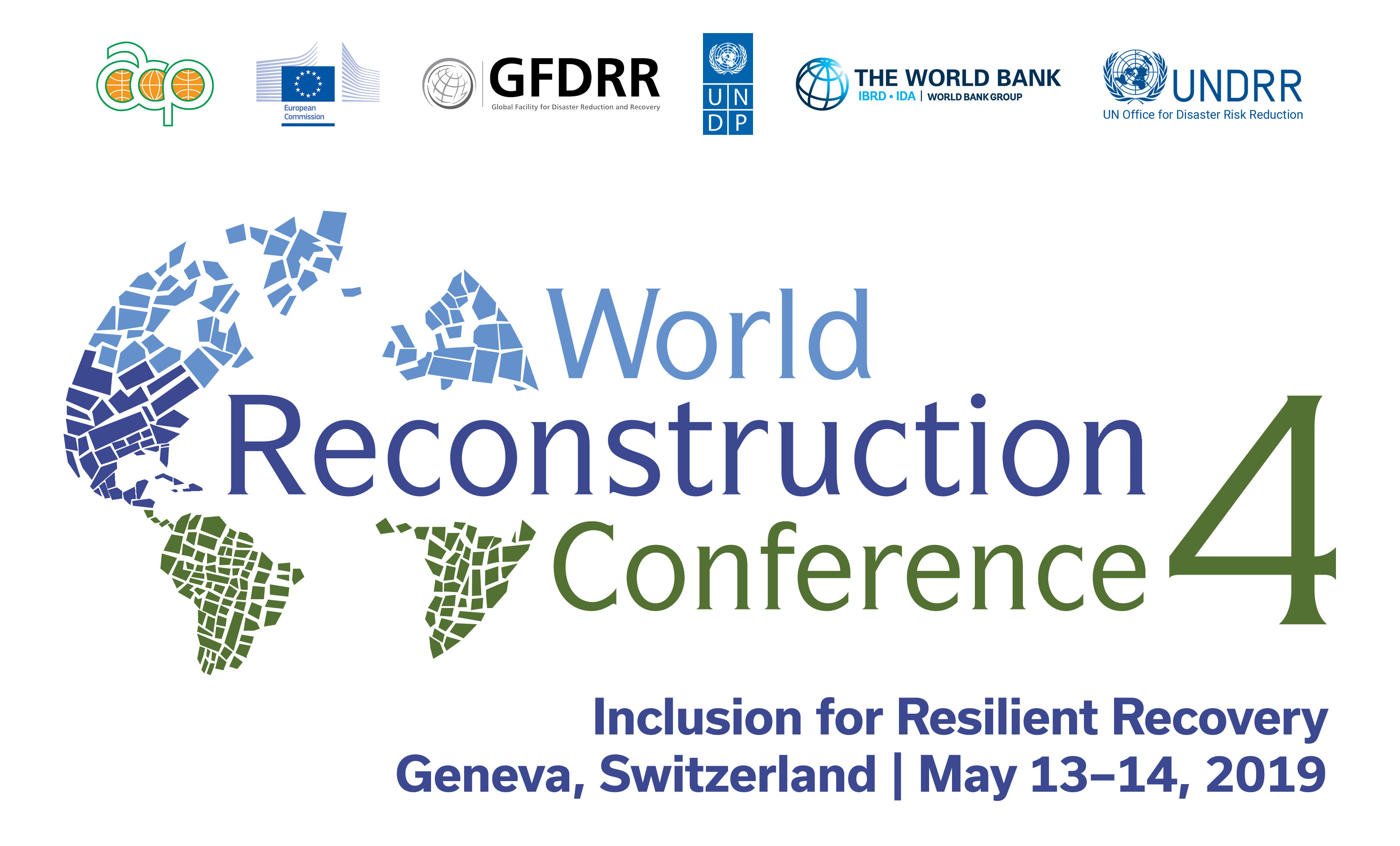Session Summary
The fourth thematic session sought to delineate a framework that governments and stakeholders can use to act on their commitment to community-led recovery processes. The emphasis was on learning from best practices around the world. This was an ideal platform for mainstreaming community-led recovery and building on the existing consensus in order to promote a framework of thinking and identify the critical aspects of successful community involvement. Agencies and organizations involved in recovery and reconstruction processes can work with communities as partners. Involving communities in recovery is absolutely essential as only 10-20% of disaster victims are assisted by outside agencies. Most disaster-affected people rely on themselves and their communities for recovery.
After Typhoon Haiyan/Yolanda in the Philippines, well-organized communities were deeply involved in both recovery planning and implementation. The importance of trusting communities to lead recovery efforts and work with government agencies as knowledge holders and partners was stressed. Lessons from several recovery case studies that show the importance of preparing communities for recovery before a disaster happens were shared. Recovery planning must always consider the specific socio-cultural dynamics and must recognize that there can’t be any standard recipes or blueprints. Community-led recovery is all about context. The major role of external organizations and agencies is to facilitate and enable communities. Simple measures such as supporting families with filling applications for reconstruction grants (Nepal) or providing tools and construction expertise through mobile units that reach affected communities directly (Philippines) go a long way in assisting effective recovery. Best practices in community involvement were successfully transferred from Japan to the Philippines, where community workshops improved post-disaster land-use and relocation planning. The focus needs to be on non-structural measures and developing tools that can easily be disseminated to other affected areas.
The session showed that engaging directly with communities and making them equal partners in planning, implementing and monitoring recovery and reconstruction ensures that these strategies align with community needs and and makes them more effective. While meaningful community involvement may seem to take time, it leads to smoother implementation of recovery programs and more sustainable long-term results. The panelists agreed that there is further need for strengthening community capacities and building trust between grassroots organizations and local and national governments.

